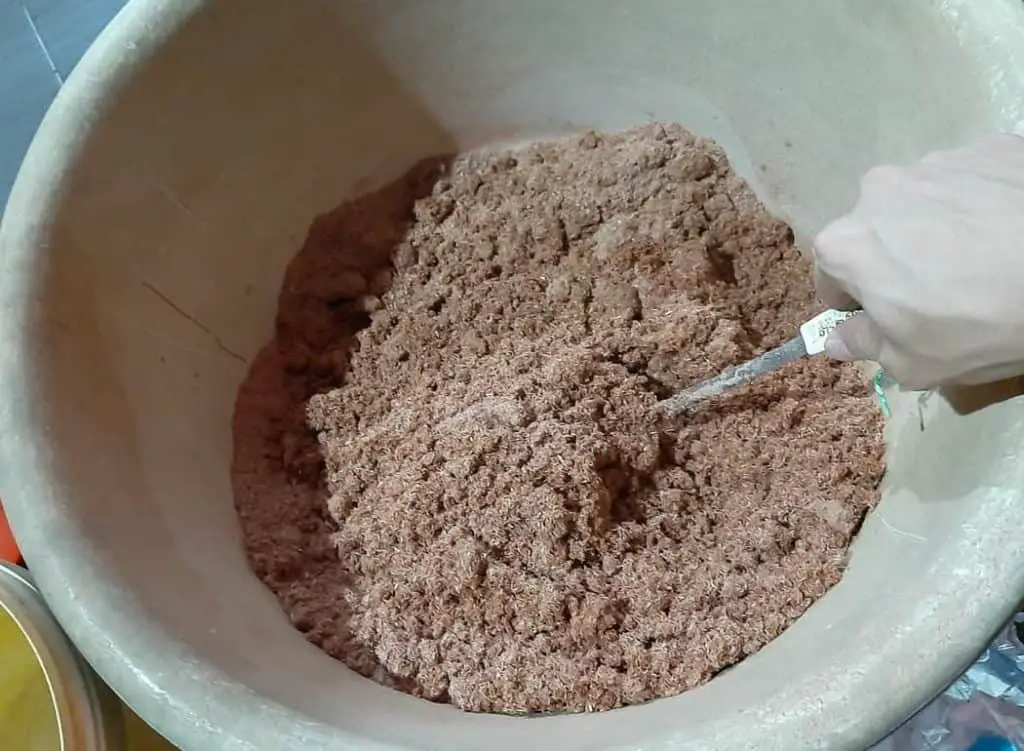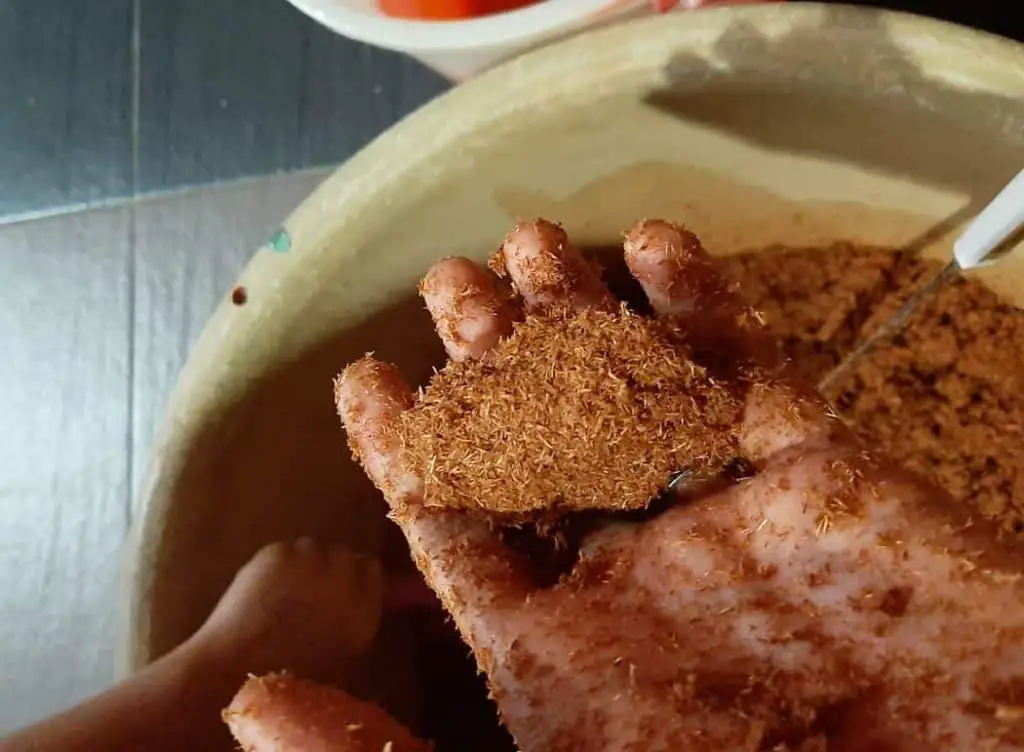It all started with my first Hercules beetle grub. Watching it grow into a majestic adult beetle was magical. But then came the heartbreak—I realized too late that the substrate I was using wasn’t up to par. Lesson learned: the right substrate isn’t just important; it’s everything. So, let me spare you the same pain. Here’s how you can make your own flake soil—the secret sauce to raising healthy, happy beetles.
Why Should I Make My Own Flake Soil?
Store-bought flake soil can burn a hole in your wallet. Seriously, at $5.50 to $20 per gallon, raising beetles can feel like buying luxury coffee—except you’re not the one sipping it! Worse, finding flake soil in some regions is like hunting for unicorns. And even if you do locate a supplier, consistency can be a nightmare. Switching brands midway could stress your beetle grubs to the point of no return. Making your own flake soil gives you control, saves you money, and ensures a steady supply.
But if you’re just dabbling in beetle-keeping, buying flake soil might be a better fit for now. For the dedicated beetle senseis among us, let’s roll up our sleeves and get started.
Ingredients
Here’s what you’ll need:
- 0.2 lbs (100 g) yeast
- 0.4 lbs (200 g) wheat flour
- 0.4 lbs (200 g) corn flour
- 0.2 lbs (100 g) white sugar
- 0.2 lbs (100 g) brown sugar
- 20 lbs (10 kg) hardwood sawdust (or hardwood pellets)
- Water
Activating the Yeast
Yeast is like the life coach of your flake soil, kickstarting the fermentation process. If you’re using active dried yeast, activate it first. Just mix the yeast with an equal amount of sugar, add warm water (100-110 °F/38-43 °C), and give it a good stir. Cover the bowl and let it sit for 30 minutes. If bubbles form, congrats! Your yeast is ready to work its magic.
If you’re using instant yeast, skip this step—those guys are always ready to go.
Mixing the Ingredients

This is where the magic happens. Combine your dry ingredients first: sawdust (or crushed hardwood pellets), wheat flour, corn flour, white sugar, and brown sugar. Mix them thoroughly in a large tray to avoid clumping.
Next, add the activated yeast. Gradually pour in water while mixing until the substrate is evenly moist. The golden rule? When you squeeze a handful, it should hold its shape momentarily but not drip water. Too dry? Add water. Too wet? Add more sawdust.
Mixing sawdust and water is actually sufficient to ferment the wood, but it is very slow. That’s why additives (such as flour and sugar) are added to expedite the process, in addition to adding extra nutrients into the soil.
You can actually modify the composition of the additives based on your preference. For instance, you can choose to use only wheat flour but not corn flour, or adjust the amount of sugar. It is all up to you. Some people even use rice husk, honey, and/or protein powder.
The more additives you include, the higher the risk of fermentation failure, the higher the risk of your grubs dying, and the shorter the shelf life of your flake soil. As a general rule of thumb, additives should be less than 10% of the sawdust.
Pro Tip: Using Hardwood Pellets
Hardwood pellets are a game-changer. They’re compact, easy to store, and readily available. Just soak them in warm water until they swell, then crush them into a fine consistency before mixing in the other ingredients.
Fermentation: The Waiting Game

Once mixed, transfer the flake soil to a container, filling it about 80%. Don’t compress it—the microbes need room to breathe. Cover the container but leave it ventilated to let gases escape. Store it in a warm (above 77°F/25°C), dark place.
Every 2-3 days, stir the mixture to aerate it and ensure even fermentation. If it feels too dry, add a bit of water. You’ll notice some heat and a slightly fruity, alcoholic smell—that’s a good sign! But if it smells like ammonia or vinegar, the batch has gone rogue, likely due to excess water or additives.
Fermentation usually takes 4-6 weeks. You’ll know it’s ready when the soil turns a rich, dark brown and stops generating heat. Warmer temperatures can speed up the process.
Storing Flake Soil
Dry the flake soil completely by spreading it out under the sun. Once dry, pack it into airtight containers. Properly dried flake soil can last up to a year. Just make sure no unwanted critters sneak in during storage.
Common Pitfalls and How to Avoid Them
- Too Much Water: The mixture should be moist, not soggy. Always test the moisture level by squeezing a handful.
- Low Temperature: Fermentation thrives in warmth. Keep your flake soil above 77°F/25°C.
- Excess Additives: While additives enrich the soil, too much can lead to putrefaction. Stick to less than 10% additives.
Final Thoughts
Making flake soil might seem daunting at first, but trust me, it’s worth the effort. Not only will you save money, but you’ll also have the satisfaction of knowing you’re providing the best possible environment for your beetle grubs. Plus, experimenting with different recipes can be oddly therapeutic.
So, are you ready to become a beetle substrate master? Grab your ingredients and start fermenting. Your beetles will thank you with their size, health, and shiny, glorious adulthood. Good luck, and happy beetle-keeping!


